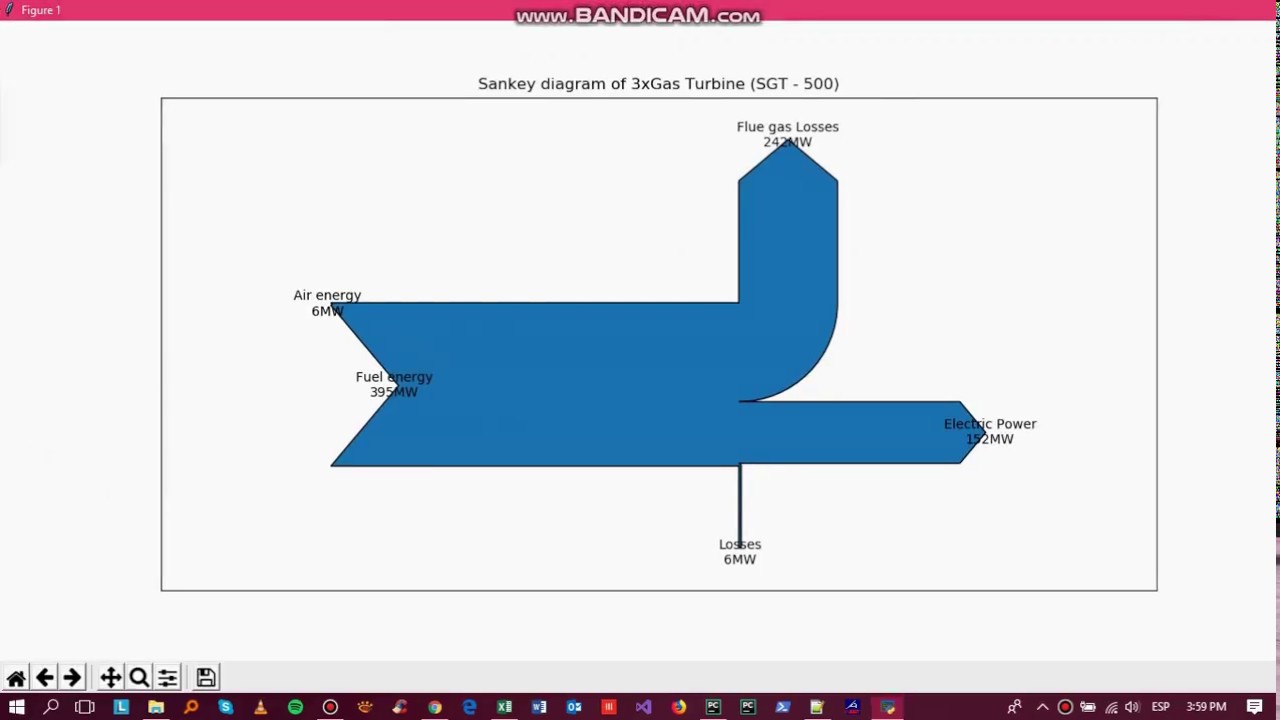


In between are the streams or bands (or ‘Spaghettis’ for the sake of it) color coded by country of origin. The country of origin shown in the left stacked column in no particular order, and the top 20 players ordered according to their ICC ranking score. … Read More Methodology, Samples Loopbacks in Sankey Diagrams Instead they opted to draw it in light grey with a moiree pattern. If you were to draw these flows to scale, the arrow to ‘Landfill’ would be many times wider, and most likely spoil the whole diagram. The same on the output side, where we see the tailings stream (2 million tonnes) that is much much larger than the green recovered metals flows. Here, the authors opted instead to mark the flow with a pattern and also use a pastel color to signal that this flow is not to scale. In the mining and metal production process the water quantity being used is threefold the materials quantity, so the water flow would normally be three times the width of all the other flows in the Sankey diagram, if they were to scale. The second interesting aspect of this Sankey diagram is the way they handle flows that are out of scale (an issue I am particularly wary about, as some of you might have noticed). In this case the financial balance can actually show a profit. They run in opposite directions and are connected at the “Financial Balance”.Ī second Sankey diagram (not shown here) compares this to a situation, where the Fe silicates typically sent to landfill can actually be “valorised” and fed back into the material cycle. These “monetary flows” are shown in red (if it is an expense) and in green (if it is a revenue). The right part visualizes the value streams linked to metal recovery and and costs associated with the landfill. From the tailings that typically end up on a landfill, nickel and cobalt are recovered. The left part shows material flows in mining and metals production. First, these are actually two Sankey diagrams, touching each other at the nodes along the dotted ‘cut here’ line. The Sankey diagram is interesting in two ways. (Source METGROW+ Project via Crocodile project news page)


 0 kommentar(er)
0 kommentar(er)
